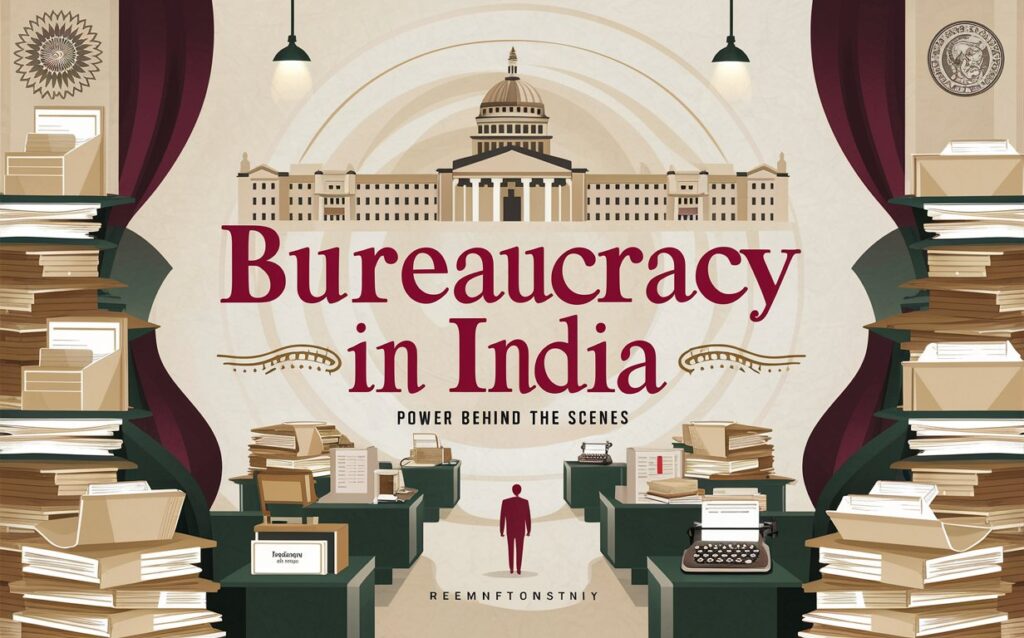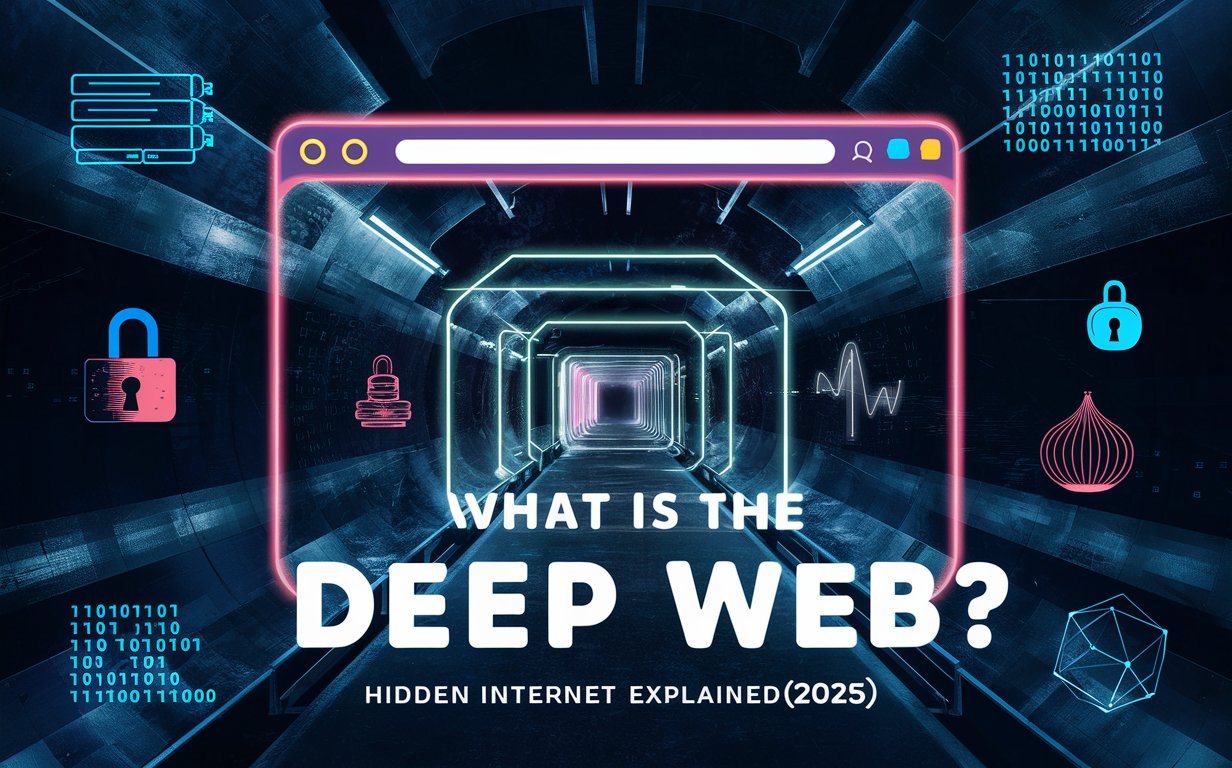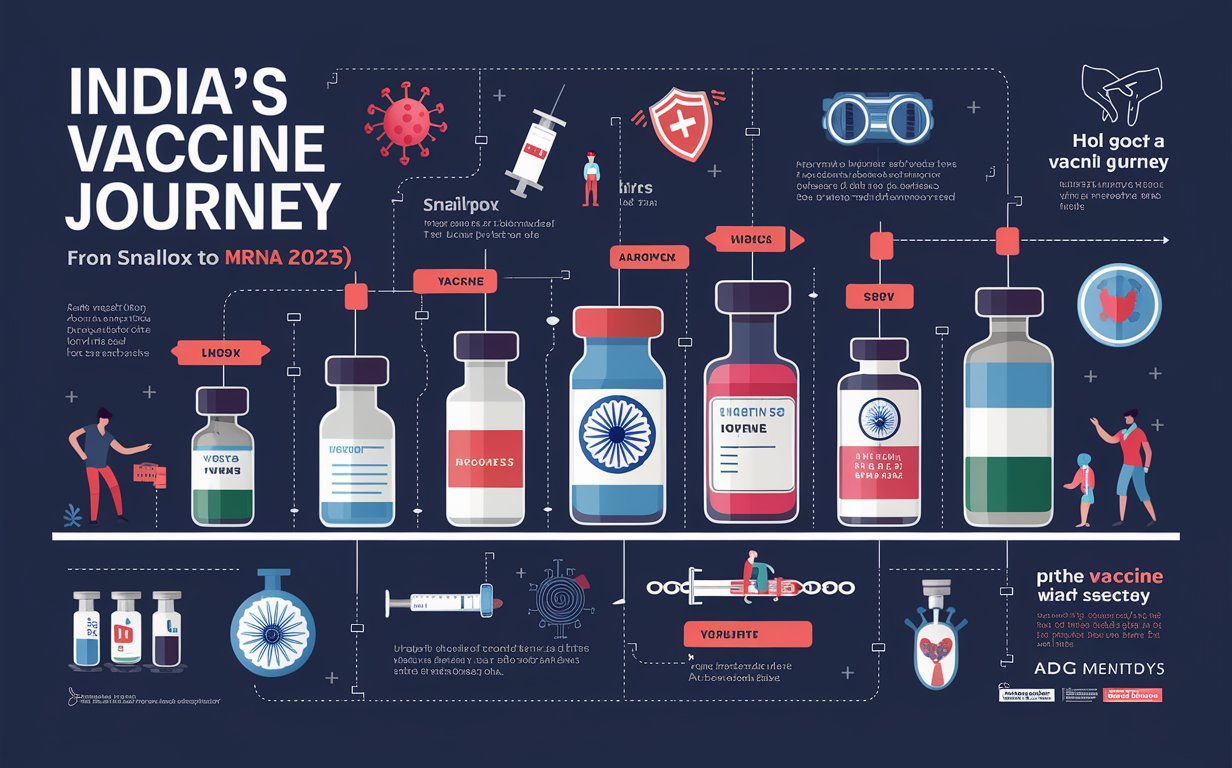🏛️ The Rise and Role of Bureaucracy in Indian Government: Power Behind the Scenes
Behind every law, policy, and development project in India lies a vast network of bureaucrats, the invisible force that keeps the world’s largest democracy functioning. Often misunderstood or criticized, bureaucracy plays a pivotal role in how India is governed, from rural village programs to national defense operations.
In 2025, with digitization, AI tools, and increasing citizen engagement, India’s bureaucratic machinery is undergoing one of the most significant reforms in decades. Let’s understand how bureaucracy really works — and why it matters more than ever. 🧑💼📜🇮🇳

🧾 What is Bureaucracy?
Bureaucracy refers to the administrative system that carries out the day-to-day operations of government. These are non-elected officials who implement laws, manage public programs, and provide critical services.
In India, bureaucracy includes:
- IAS (Indian Administrative Service)
- IPS (Indian Police Service)
- IFS (Indian Foreign Service)
- And numerous state-level services like PCS and revenue departments
They are selected through the UPSC Civil Services Exam, one of the most competitive exams in the world.
🧑⚖️ How Bureaucrats Shape Government Policy
Ministers make decisions — but it’s the bureaucrats who turn those decisions into action. Their roles include:
- Drafting and interpreting government policies
- Overseeing implementation of schemes like PMAY, MGNREGA, and Digital India
- Handling law and order through the district collector and police
- Managing disaster response, health drives, census, and elections
In rural India, the District Collector is the most powerful official, coordinating over 80 departments at the grassroots level.
🖥️ Bureaucracy in 2025: The Digital Shift
Today’s Indian bureaucracy is being transformed by technology:
📲 e-Office Platforms
Government work is now paperless in over 450+ districts, with files moving digitally for faster processing.
🤖 AI and Data Analytics
Civil servants use real-time dashboards for tracking schemes, geotagging assets, and monitoring progress. Tools like Poshan Tracker and Jal Jeevan Mission Portal are examples.
🗂️ Transparency and Accountability
- RTI (Right to Information) empowers citizens to question bureaucrats
- SPARROW platform digitally tracks civil servant performance
- Mobile apps like Mera Ration, UMANG, and MyGov improve feedback and service delivery
🧑🏫 Training the Bureaucrats of Tomorrow
All Indian bureaucrats undergo rigorous training at the Lal Bahadur Shastri National Academy of Administration (LBSNAA).
Here, officers are taught:
- Public policy
- Crisis management
- Ethics and governance
- New tech tools like blockchain, GIS, and drones
In 2025, LBSNAA has introduced AI governance modules, teaching future administrators how to leverage machine learning for planning and predictive governance.
⚖️ Criticism and Challenges
While bureaucracy is essential, it faces criticism for:
- Red tape and delays
- Lack of innovation in decision-making
- Corruption at lower levels
- Political interference in postings and transfers
To combat these, the Indian government is launching Mission Karmayogi — a major reform to train, re-skill, and appraise bureaucrats based on merit and public satisfaction.
🇮🇳 Bureaucracy and Democracy: An Unbreakable Bond
Without a strong bureaucracy, no democracy can survive. In India, bureaucrats have:
- Held the nation together during crises like COVID-19, floods, and communal unrest
- Ensured smooth elections across 1 million+ polling booths
- Managed some of the world’s largest welfare schemes
They act as the steel frame of India’s governance, ensuring continuity regardless of political shifts.
✅ Conclusion
Bureaucracy in India is often invisible, but its impact is everywhere. In 2025, as India embraces digital governance, reforms, and citizen-first approaches, bureaucracy stands at the crossroads of tradition and innovation. The challenge? To stay efficient, accountable, and people-centered in the world’s most complex democracy. 🏛️📊🇮🇳
DoFollow External Links
Internal Links



Post Comment